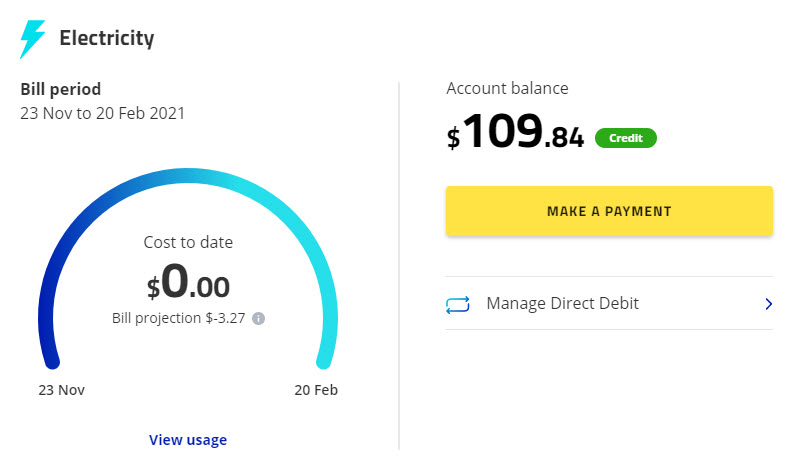They say the tool used to measure an object does not change the object. In some situations and for some types of measurement devices that’s not true. Here are 2 examples.
A year ago I decided, on the advice of a friend, to install a 5.5kw solar system on my roof. The total coast was $7,102. During the last 12 months my electricity has totaled $218 compared with $1,463 so my net ROI is about 17.5%. A substantially better risk-free rate of return that I can otherwise get. But there’s more as the spruker says … in addition to the money bit the system has saved 4,658kg of CO2 emission or the equivalent of planting 139 trees! And it will do that every year it’s on my roof.

The object of measurement on this case is power used during a 24 hour period. The measurement device is an iPhone app that’s linked to the solar inverter. It enables me to monitor usage in 15 minute segments which in turn enables me to plan my usage behavior. I’m now more conscious of lights being left on unnecessarily and using things like dishwashers, dryers, ovens etc at a time that’s best.
I have not become a power preserving zealot but just being aware of what’s going on enables a behavioral change. I still have a pool filter running 8hrs a day, air con on when I feel like it and I don’t wander around the house with candles at night.
And that brings me to the second example of the connection between a measurement device and outcome changes.
I once had a client (not really a client actually) who supplied perishable food products to petrol stations (gas stations). He was making about $60k a year and really wanted to get to $80k. He was not my ideal client in that I did not see much opportunity for growth in his business because of the trends in the emergence of highway service centers etc.
But he was a nice guy so I did a few calculations to find the volume he needed to get to $80k net take home income. There was a fairly decent gross margin and no additional fixed costs so he only needed about a 15% increase in volume to meet his goal. When he saw the goal his eye’s lit up because he realized that was possible which is the first step in any performance improvement process – the belief that it’s possible.
This is one of the lessons I learned while in the advisory business which they don’t teach you in business school – when someone believes something is possible it becomes possible … in fact that’s usually the ONLY time it’s possible. Not only that, they get a renewed sense of resolve to not just get to the goal but to better it.
Which is exactly what happened. He ended up heading towards an income of $95k and was thrilled. Apart from fiddling with some calculations and working with him to set some targets and helping him draft a couple of sales scripts plus one POS sign with words something like this: “If you’d like something fantastically filling, and fresh you need to try me” with a picture of a hoagie type of sandwich filled with beef or chicken.
I was with him for half a day and called in a few times after that for a chat to see how he was doing but I never charged him a penny because he didn’t really fit with our advisory client profile and although I could have signed him up as a compliance client we were not looking for those type of clients (at least I wasn’t). Interestingly, he referred a friend of his who became a 5 figure client so what goes around comes around and what Pat Lencioni talks about in his terrific book Getting Naked is so right.
Now, you might be asking yourself “what is the measurement tool and what is the object of measurement in this sandwich case.” The answer is firstly the break-even analysis formula to calculate the volume he needed to achieve his goal; and secondly, the object of measurement was the hoagie volume, gross margin, and the manufacturing and distribution process.
The result he got turned out to be only partially volume driven because with his new-found confidence he raised his prices slightly and he improved his manufacturing process and reduced waste and more efficient buying procedures which reduced his inventory by quite a lot. These initiatives improved his margin and cash flow. He also improved the frequency of his communication with his customers and that improved the relationship he had with them.
Finally, I gave him some training, using a simple template, on how to calculate gross margin and the volume at different price levels to achieve his profit goal. This made him feel in control of his business which further lifted his confidence and was confirmation of another thing I had learned in the advisory industry, we sell confidence as well as advice and usually the confidence bit is the most important part of our value proposition.
That a measurement system drives behavior is not a new idea. Incentive-based compensation is an obvious case in point. The challenge here is to make sure that the system is not gamed by the player in a way that undermines its purpose. As long as one of the important drivers of human behavior is the pursuit of self-interest, measurement systems will influence outcomes so you need to make sure the metric aligns with your strategic goal.
